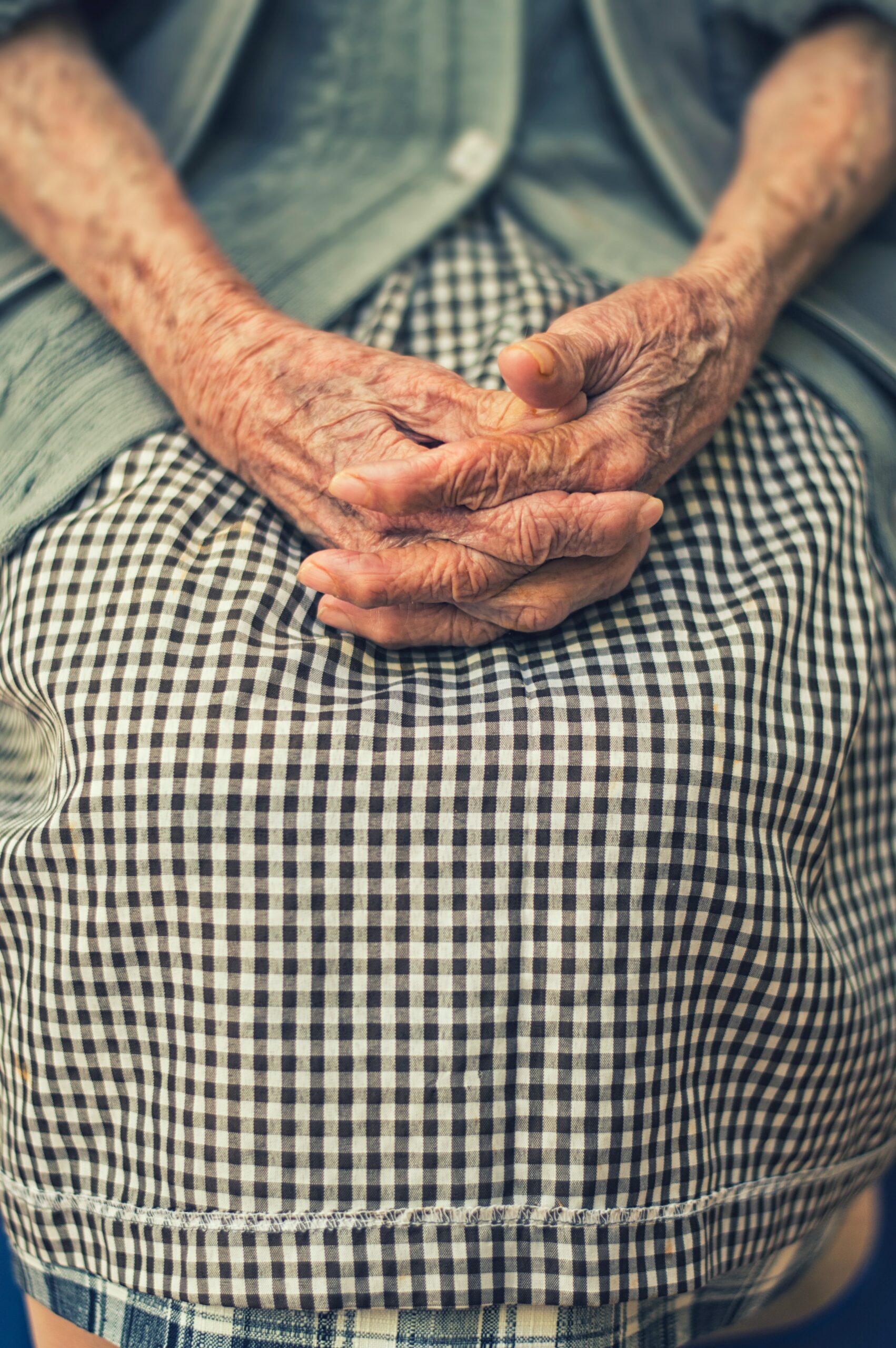With aging, we may develop various bumps or markings on the skin. Most of these are benign, such as the spots found on the skin’s outer surface, known as liver spots, sunspots, or solar lentigines, are among them. Although they are not harmful and do not cause serious health problems, they may cause blotchy skin or negatively affect appearance.
First, What Are Liver Spots?
The liver spots are round or brown and appear as brown, tan or black patches on the skin. There are a few millimeters to two centimeters in size. In most cases, they are smooth to the touch and of uniform color. There may be just a few spots on the skin for some patients, while others may have hundreds.
According to a survey conducted among 1,000 women over the age of 40, liver spots were a concern to them as wrinkles, with 36% saying they worry about age spots. Age spots develop because of excessive melanin production. Aging skin, exposure to ultraviolet (UV) light, or tanning beds may also contribute to its development. Sun-exposed areas of your skin are most likely to develop age spots, including:
- The face
- The backside of the hands
- The shoulders
- upper back
- forearms
Anyone can develop age spots regardless of their age, gender, or race. Several risk factors make age spots more likely to appear. Among them are:
- Age – Over 40 years
- A fair complexion
- Frequent exposure to sunlight
- Regularly using tanning beds
How Are They Different From Freckles Or Moles?
The chart below will help you to identify the differences between freckles, moles, and liver spots.
| No | Liver Spots | Moles | Freckles |
| 1. | It occurs anywhere that gets direct sunlight, such as your back, chest, face, forearms, hands. | More than a quarter-inch (5mm) across, larger than the size of a pencil eraser. | Affects your arms, chest, face, and neck |
| 2. | Are more common in older adults and appear as you age | They May have irregular shapes and uneven borders, and the skin can fade around them. | They are genetic and may disappear with aging. Show up around 2-3 years old, after spending time in the sun. |
| 3. | The borders are clear, and they range from light yellow to dark brown. | These can be brown, tan, red, pink, blue, clear, or even skin-toned or rosy. They never change. | They may be light brown, dark brown, or red and may fade in the winter. |
| 4. | Age and sun exposure cause them to appear. | They may be smooth, rough, scaly, or bumpy in texture. | Sizes usually range from 1 to 2 millimeters. |
Should I Be Worried About The Liver Spots On My Face?
The good news is that liver spots do not pose any health risks, even though they may look like skin issues that cause genuine health concerns. You may feel a little self-conscious around them since they won’t simply disappear. Many minimally invasive cosmetic dermatological procedures are available to treat liver spots.
In most cases, a sunspot does not cause harm. For cosmetic reasons, you may have to see a professional if you want your sunspots treated. While some over-the-counter products may contain some of the classic brightening ingredients, like hydroquinone, retinoids, or vitamin C, they are unlikely to have a significant impact on sunspots.
What Treatment Options Are There?
The best way to prevent sunburns, premature aging, and skin cancer is to apply sunscreen with a sun protection factor (SPF) of 30 or higher. Reapply sunscreen every two hours and 15
minutes before sun exposure. Protect your neck, lips, ears, and scalp with sunscreen. For extra protection, wear a hat.
A healthcare provider may prescribe bleaching creams to fade age spots. These formulations contain hydroquinone or retinoids like tretinoin. Sometimes, age spots fade after using bleaching creams for several months.
But you are more likely to get UV damage when you use bleaching and tretinoin creams. It’s essential to wear sunscreen during treatment, as well as after the spots fade. Even on cloudy days, continue to wear sunscreen.
Medical Procedures

It is possible to remove or reduce age spots with various medical procedures. Each medical approach has the potential for side effects and complications. Your dermatologist or plastic surgeon can advise on which treatment is best for your skin.
These procedures include:
- Laser treatment emits light waves that pass through the skin and destroy or break down melanin
- Chemical peels— remove skin’s outer layer, allowing new skin to grow in its place
- Dermabrasion—a procedure that removes the outer layer of skin to allow new skin to grow on the area
- Cryosurgery—a technique that uses liquid nitrogen to freeze individual age spots
Treatments You Can Do At Home
You can buy creams over-the-counter to remove age spots. They are, however, not as effective as prescription medications. There is no guarantee that they will remove pigmentation effectively. Choosing a cream that contains hydroquinone, deoxyarbutin, glycolic acid, alpha hydroxy acid, or kojic acid is the best option.
Skincare products don’t remove age spots. They instead cover them. Consult a doctor, plastic surgeon, or makeup counter salesperson about the best brands to conceal age spots.
You can reduce age spots if you regularly use apple cider vinegar. Alpha hydroxy acids found in apple cider will encourage skin regeneration and help remove dead skin. Wash your face with a 1:1 mixture of apple cider vinegar and water. For application, use a cotton ball. Let it dry for a few minutes before rinsing with cold water. With regular practice, you will see a significant difference.
If you’re still unsure if the skin spot you have is harmless, schedule an appointment with our doctors. Early detection can help prevent the spread of cancer, so don’t be afraid to reach out with questions. With your skin, it’s always a good idea to play it safe.

